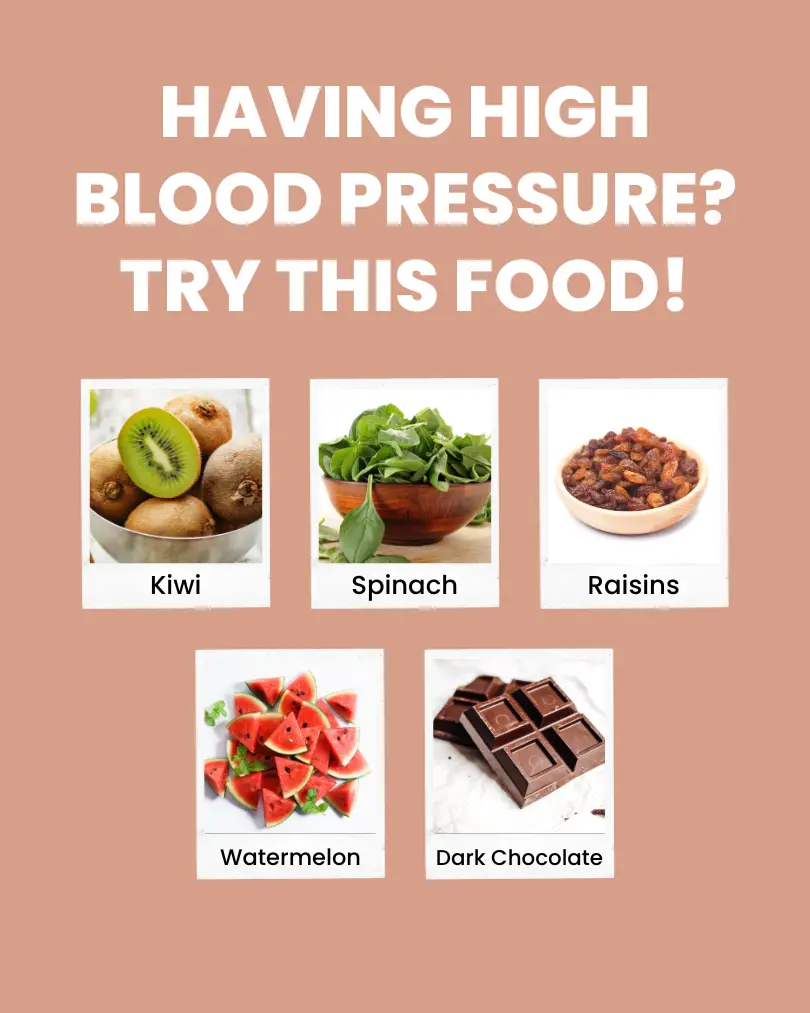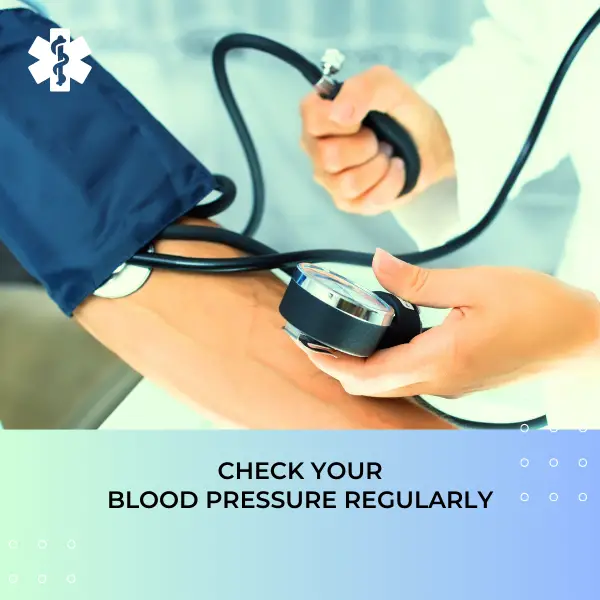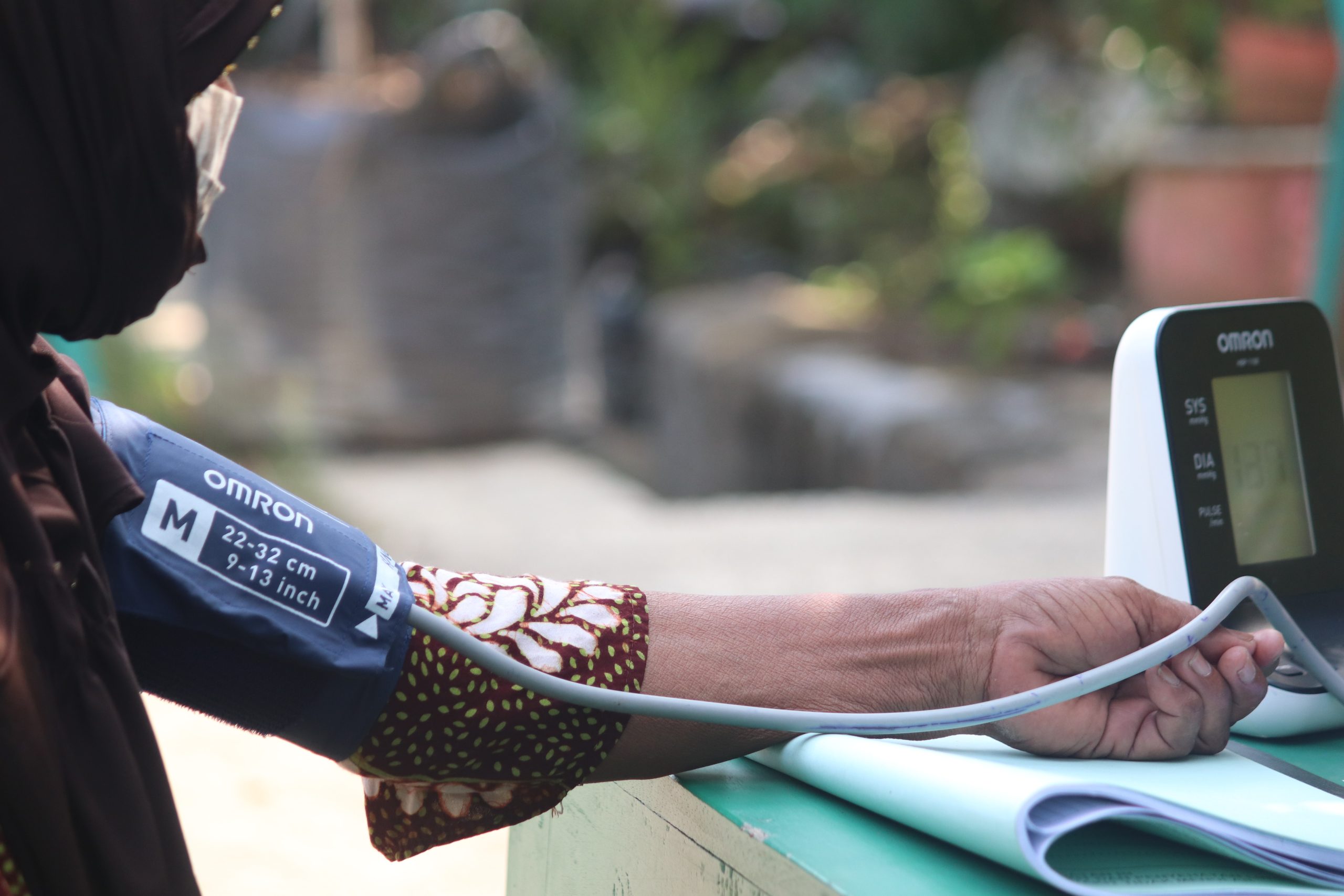I. Introduction
A. Brief overview of high blood pressure
High blood pressure, also known as hypertension, is a prevalent health condition where the force of blood against the artery walls is too high.
This consistent pressure can lead to various health issues, including heart disease and stroke. Two main types of high blood pressure exist: primary (essential) hypertension, which develops over time with no identifiable cause, and secondary hypertension, which is often a symptom of an underlying health condition.
B. The rising concern of high blood pressure in young adults
Historically, high blood pressure was predominantly a concern for the middle-aged and older demographic.
However, in recent years, an alarming trend has been observed with increasing numbers of young adults being diagnosed with the condition. This shift represents an emerging concern in public health.
Lifestyle factors such as unhealthy diets, sedentary behavior, and high stress levels are contributing significantly to this rise.
This paper will delve into understanding high blood pressure in young adults and provide insights into its prevention and management.
II. Understanding High Blood Pressure
A. Definition and types of high blood pressure
High blood pressure, medically known as hypertension, is a condition where the pressure in a person’s arteries persistently exceeds normal levels. Blood pressure is recorded as two measurements: systolic (pressure during heart beats) and diastolic (pressure between heart beats). A blood pressure reading of 130/80 mm Hg or above on multiple occasions typically indicates hypertension. There are two main types of high blood pressure:
- Primary (essential) hypertension: This form develops gradually over time and is the most common type. It’s often attributed to a combination of factors including age, genetics, and lifestyle choices.
- Secondary hypertension: This form is caused by an underlying health condition, such as kidney disease or hormonal disorders, and often arises suddenly, causing higher blood pressure levels than primary hypertension.
B. Causes of high blood pressure
The exact causes of high blood pressure are often not clear, but several factors and conditions may increase the risk. These include:
- Age: The risk of high blood pressure increases as you age.
- Family history: High blood pressure tends to run in families.
- Weight: Obesity can increase the risk of high blood pressure.
- Lack of physical activity: A sedentary lifestyle tends to increase heart rate and weight, which can lead to high blood pressure.
- Tobacco and alcohol use: These substances can damage your blood vessels, leading to high blood pressure.
- Sodium and potassium levels: High sodium and low potassium levels can increase blood pressure.
- Stress: Chronic stress can contribute to high blood pressure.
C. The physiology of high blood pressure
Blood pressure is the force that blood applies against the walls of arteries as it flows through them. When your heart beats, it pumps blood into the arteries, creating pressure within them. The highest pressure is called systolic pressure, and the lowest is diastolic pressure.
In hypertension, due to various factors, there is either too much blood, the blood vessels are too narrow, or the heart pumps the blood too hard, resulting in increased pressure within the arteries. This increased pressure puts extra strain on the heart and blood vessels, leading to potential health complications if left untreated.

III. High Blood Pressure in Young Adults
A. Prevalence and statistics
Recent research indicates a worrying trend in the rise of high blood pressure among young adults. According to the American Heart Association, about one in four men and nearly one in five women aged 35 to 44 has high blood pressure. This development has been linked to changes in lifestyle, dietary habits, and increased stress levels.
B. Key causes and risk factors for high blood pressure in young adults
In young adults, high blood pressure can be due to a variety of factors:
- Obesity: With rising obesity rates in younger populations, high blood pressure has become more common.
- Sedentary lifestyle: Lack of physical activity can lead to weight gain and increased blood pressure.
- Diet: Diets high in salt, fat, and low in fruits and vegetables can contribute to high blood pressure.
- Substance use: Excessive consumption of alcohol or use of tobacco products can raise blood pressure.
- Stress: Young adults face a variety of stressors, including educational pressures, job stress, and social stress. Chronic stress can lead to long-term increases in blood pressure.
- Underlying health conditions: Conditions like kidney disease, diabetes, and hormonal disorders can lead to high blood pressure.
C. Connection between lifestyle and high blood pressure in young adults
Lifestyle choices play a significant role in the development of high blood pressure in young adults. Unhealthy dietary habits, physical inactivity, excessive alcohol consumption, and tobacco use can all lead to increased blood pressure. Furthermore, poor stress management can contribute to hypertension. These lifestyle factors are modifiable, making lifestyle changes a key aspect of prevention and management of high blood pressure in young adults.
IV. The Impact of High Blood Pressure on Young Adults
A. Short-term health effects
In the short-term, high blood pressure may not cause any immediate symptoms. However, when symptoms do occur, they can include headaches, shortness of breath, dizziness, chest pain, heart palpitations, and nosebleeds. It’s important to note that these symptoms usually only appear when blood pressure reaches dangerously high levels.
B. Long-term health implications
High blood pressure over the long-term can lead to numerous serious health conditions, including:
- Heart disease: Hypertension can cause hardening and thickening of the arteries (atherosclerosis), which can lead to a heart attack, heart failure, or an enlarged heart.
- Stroke: High blood pressure can cause blood vessels in the brain to burst or clog more easily. If this occurs, a stroke could result.
- Kidney disease: Hypertension can damage the blood vessels of the kidneys, leading to kidney failure over time.
- Vision loss: High blood pressure can strain and damage the blood vessels in the eyes, potentially leading to vision loss.
C. The connection between high blood pressure and other diseases
High blood pressure can also exacerbate the symptoms or complications of several other conditions. For example:
- Diabetes: People with diabetes are more likely to develop high blood pressure, which can exacerbate diabetes complications like kidney disease, eye problems, and heart disease.
- Metabolic syndrome: This syndrome is a cluster of disorders of your body’s metabolism, including increased waist circumference, high triglycerides, low high-density lipoprotein (HDL) cholesterol, high blood pressure, and high insulin levels.
- Sleep apnea: Sleep apnea, a condition where breathing repeatedly stops and starts during sleep, often goes hand in hand with high blood pressure.
In short, high blood pressure is not only a serious condition in and of itself, but it can also exacerbate a wide range of other health issues.

V. Symptoms and Diagnosis of High Blood Pressure in Young Adults
A. Common symptoms
High blood pressure is often termed the “silent killer” because it usually has no clear symptoms until it reaches dangerous levels. When symptoms do occur, they might include severe headaches, fatigue or confusion, vision problems, chest pain, difficulty breathing, irregular heartbeat, blood in the urine, and pounding in the chest, neck, or ears.
B. Diagnostic methods
Diagnosis of high blood pressure typically involves the use of a device called a sphygmomanometer, which measures the force of blood against the walls of your arteries. Blood pressure readings are given as two numbers: systolic pressure over diastolic pressure. A reading of 130/80 mm Hg or higher on multiple tests indicates high blood pressure.
- Routine Check-ups: Blood pressure is usually checked during routine medical appointments.
- Ambulatory Blood Pressure Monitoring (ABPM): For a more precise diagnosis, doctors may use ABPM, which involves wearing a portable automatic blood pressure machine for 24 hours.
- Home Blood Pressure Monitoring: Regular monitoring at home can help see if treatment for high blood pressure is working and can alert you and your doctor to potential health complications.
C. The importance of regular health checks
Regular health checks are essential, especially for young adults, as high blood pressure doesn’t often show noticeable symptoms. Regular checks allow for early detection and treatment, which can reduce the risk of developing severe complications. Additionally, these checks can help monitor the effectiveness of any ongoing treatment for high blood pressure and make necessary adjustments.
VI. Treatment Options for Young Adults with High Blood Pressure
A. Lifestyle modifications
- Healthy Diet: Adopting a diet that is rich in whole grains, fruits, vegetables and low-fat dairy products can lower your blood pressure. Reducing dietary sodium can also be beneficial.
- Regular Exercise: Physical activity can help lower blood pressure and keep weight under control. Strive for at least 30 minutes of exercise most days of the week.
- Limit Alcohol: Drinking alcohol in moderation, if at all, is important, as excessive drinking can raise blood pressure.
- Quit Smoking: Each cigarette you smoke increases your blood pressure for many minutes after you finish. Quitting smoking helps your blood pressure return to normal.
B. Medications and their side effects
Various medications are available to treat high blood pressure, including diuretics, beta-blockers, ACE inhibitors, calcium channel blockers, and others.
Side effects can vary based on the specific medication but may include dizziness, headache, fast or irregular heartbeat, fatigue, upset stomach, and more.
It’s important to work with your healthcare provider to find the medicaion that best suits your needs and to understand potential side effects.
C. Natural remedies and their effectiveness
Some natural remedies and supplements have been found to lower blood pressure. These include garlic, fish oil, green tea, and hibiscus tea. Stress management techniques, such as meditation and yoga, may also help lower blood pressure. While these remedies can complement medical treatments, they shouldn’t replace them. Always consult your healthcare provider before starting any new remedy or supplement, as they can interact with other medications. Here are other remedies for high blood pressure.
- Processed foods: These often contain high amounts of sodium and unhealthy fats.
- Keeping hydrated: Drinking plenty of water can help maintain a healthy blood volume and blood pressure.
- Castor oil has been shown to help blood pressure
Regular physical activity is a key strategy for preventing high blood pressure. It helps control weight, strengthens the heart, and reduces arterial stiffness. Adults should aim for at least 150 minutes of moderate-intensity or 75 minutes of high-intensity exercise per week.
The Impact of Stress Management and Mental Health
Chronic stress and mental health issues like anxiety and depression can contribute to high blood pressure. Effective stress management techniques include:
- Regular exercise: Physical activity is a great stress reducer.
- Mindfulness and meditation: These practices can help reduce anxiety and improve emotional health.
- Adequate sleep: Sleep is essential for stress management and overall health.
- Social connection: Maintaining close relationships and social activities can help manage stress levels.
In conclusion, high blood pressure in young adults can often be prevented or managed through dietary modifications, regular physical activity, and effective stress management.
VII. Prevention of High Blood Pressure in Young Adults
A. Dietary recommendations
Diet plays a crucial role in the prevention and management of high blood pressure. Here are some recommendations:
- DASH Diet: The Dietary Approaches to Stop Hypertension (DASH) diet encourages consumption of fruits, vegetables, whole grains, and lean proteins, all of which are known to help manage blood pressure.
- Limit Sodium: High sodium intake can increase blood pressure. Aim for less than 2,300 milligrams a day.
- Balance Potassium: Potassium helps balance the amount of sodium in your cells. Good sources of potassium include fruits and vegetables.
- Control Alcohol: Excessive alcohol can raise your blood pressure, even if you’re healthy.
- Consider a low carb or keto diet.
B. The role of physical activity
Regular physical activity is key in maintaining a healthy blood pressure.
- Regular Exercise: Aim for at least 150 minutes of moderate aerobic activity or 75 minutes of vigorous activity a week.
- Strength Training: Incorporate strength training exercises into your routine at least two days a week.
- Stay Active: Even light activities such as housework or gardening can help.
C. The impact of stress management and mental health
Chronic stress and mental health issues can contribute to high blood pressure.
- Identify Stress Triggers: Understanding what causes you stress can help you find healthy ways to manage it.
- Practice Relaxation Techniques: Deep breathing, meditation, yoga, and tai chi are great ways to reduce stress.
- Maintain a Balanced Lifestyle: Balancing work and recreation and maintaining social connections can significantly improve mental health and help manage blood pressure.
- Seek Professional Help: If you’re struggling with stress or mental health issues, don’t hesitate to seek professional help. Therapists, counselors, and psychologists can provide valuable strategies to cope.
Preventing high blood pressure in young adults involves a combination of a healthy diet, regular physical activity, and effective stress management strategies. Implementing these changes early in life can lead to significant long-term health benefits.
VIII. Case Studies and Research
A. Review of recent research on high blood pressure in young adults
Several recent studies have provided new insights into the prevalence and consequences of high blood pressure in young adults. Some of these studies include:
- A study published in the Journal of the American Heart Association noted a sharp rise in the incidence of high blood pressure among young adults, driven largely by lifestyle factors such as poor diet and lack of exercise.
- Research in the Hypertension journal highlighted the long-term risks of high blood pressure in young adulthood, showing that young adults with high blood pressure are at increased risk of heart failure, strokes, and vascular dementia later in life.
- A study in the Journal of Clinical Hypertension found that young adults with high blood pressure often remain undiagnosed, underscoring the need for regular blood pressure screenings in this population.
B. Case studies illustrating high blood pressure management in young adults
Case studies provide practical examples of how high blood pressure can be effectively managed in young adults. Here are a couple of examples:
- A 24-year-old woman was diagnosed with high blood pressure during a routine check-up. She was overweight, had a sedentary lifestyle, and a family history of hypertension. By implementing a healthier diet, regular exercise, and losing weight, she was able to significantly lower her blood pressure and reduce her risk of future health complications.
- A 29-year-old man with a stressful job was diagnosed with high blood pressure. Despite being fit and having a healthy diet, his doctor attributed his high blood pressure to chronic stress and poor sleep. The patient adopted relaxation techniques and improved his sleep habits, which successfully lowered his blood pressure.
These studies and case examples emphasize the importance of early diagnosis and intervention in managing high blood pressure among young adults. Lifestyle changes, including a healthier diet, regular exercise, stress management, and good sleep habits, are fundamental in managing and preventing high blood pressure.
References
- Whelton PK, Carey RM, Aronow WS, et al. 2017 ACC/AHA/AAPA/ABC/ACPM/AGS/APhA/ASH/ASPC/NMA/PCNA guideline for the prevention, detection, evaluation, and management of high blood pressure in adults: a report of the American College of Cardiology/American Heart Association task force on clinical practice guidelines. Hypertension. 2018;71:e13-e115.
- Zhang Y, Vittinghoff E, Pletcher MJ, et al. Associations of blood pressure and cholesterol levels during young adulthood with later cardiovascular events. J Am Coll Cardiol. 2019;74:330-341.
- Wang Y, Wang QJ. The prevalence of prehypertension and hypertension among US adults according to the new joint national committee guidelines: new challenges of the old problem. Arch Intern Med. 2004;164:2126-2134.

